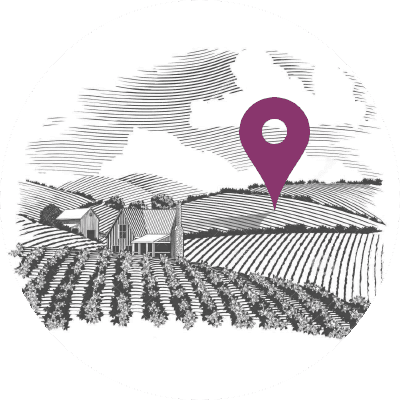Sagrantino
An error occurred while loading the products.
Reload the products
Reload the products
No products found
Use fewer filters or remove all
Use fewer filters or remove all
Autochthonous
(Locale)

Sagrantino
| Area type | Autochthonous |
| Color type | Red grape |
| Vigor | Medium-Good |
| Features | The leaf is of medium size, orbicular, trilobata and rarely quinquelobata; Petiole breast U, with closed edges and even superimposed, very deep; Upper side, elliptical, semi-closed or open-side, medium or shallow; Lower side nipples missing or open V, shallow or just mentioned. Top of green color, vesicular or bulky; Bottom page with lanterned toment. Corrugated flap; Revolving lobby with corners at the upturned or upright. Main nerves on the bottom page of green, silky. Medium to regular dentition, with one or two sets of teeth of medium size or almost large, narrow, slightly convex margins. |
| Features wine | With the sagrantino you get a ruby red wine with garnet with orange tones. The scent is intense, spicy and ethereal, with hints of red fruit jam. The flavor is tannic, warm, full and with great taste-olfactory persistence. |
| Growing areas | The privileged area for cultivation is Montefalco, but Bevagna, Gualdo Cattaneo, Castel Ritaldi and Giano dell' Umbria are also involved, all in the province of Perugia. |
| History | Sagrantino is a historical red grape of Umbria, in particular of the area of Montefalco, of likely Greek origin, from where it was imported in the Middle Ages, presumably thanks to friars, then the holders of the world's oenological wisdom. This conclusion would arise from the name, which may have the meaning of sacrifice or sacristy. But even the sacred term could be linked to this grape and some medieval documents speak of a wine in the Montefalco area used to celebrate Mass. But its history and autoctonity could be even older if the variety called Itriola described by Pliny the Elder in his Naturalis Historiae was the present Sagrantino, cultivated with that name and in the same area. It is certainly difficult to find the solution to the puzzle, but monks reclaimed the area to plant vineyards, although it is not known whether the degradation was caused by poor maintenance after the fall of the Roman Empire or was pre-existent to it. |
| Productivity | Media and also poor, inconsistent. |
| Ripening period | First half of October; It is often left to dry on the plant. |
| Type | Neutral |

